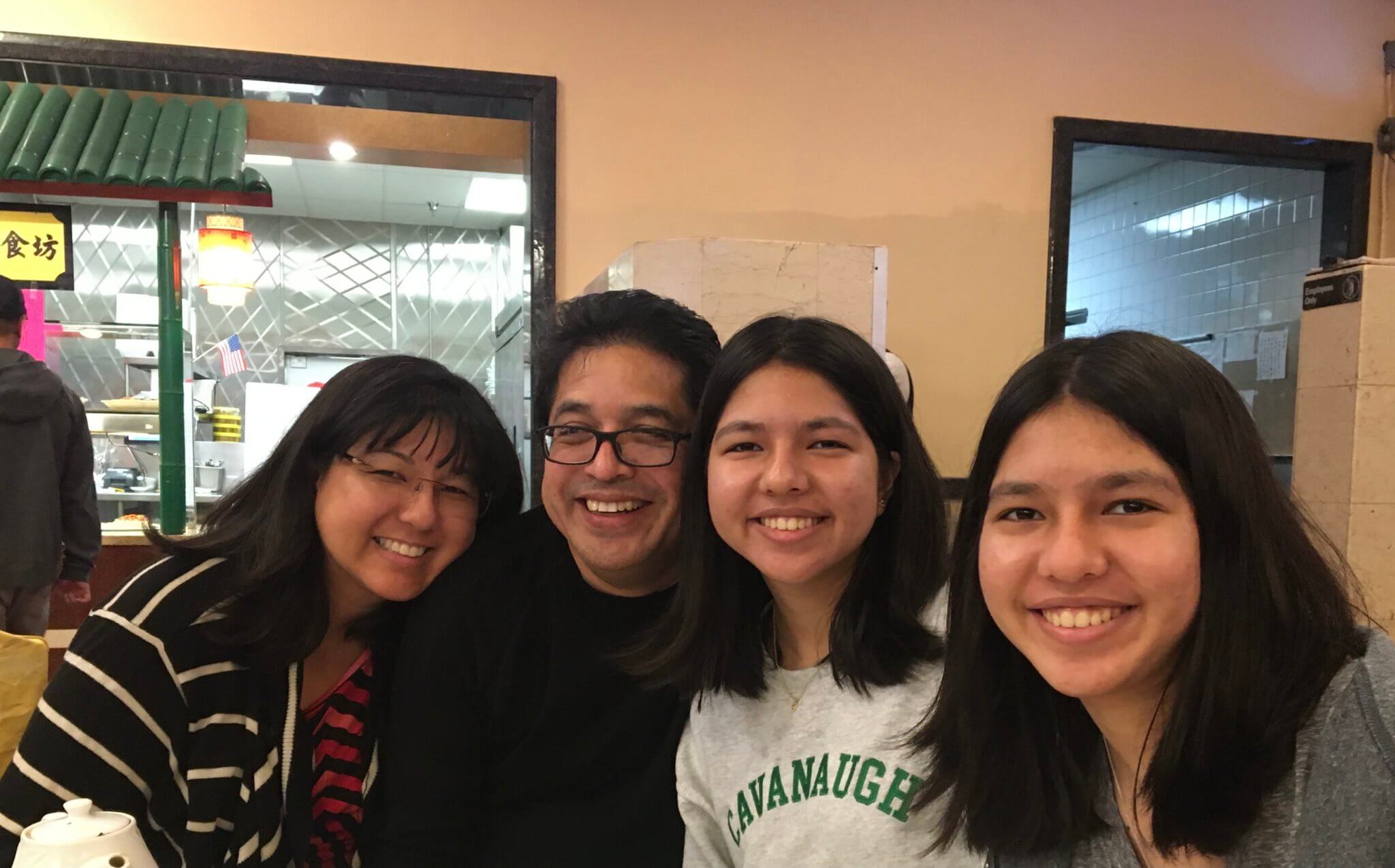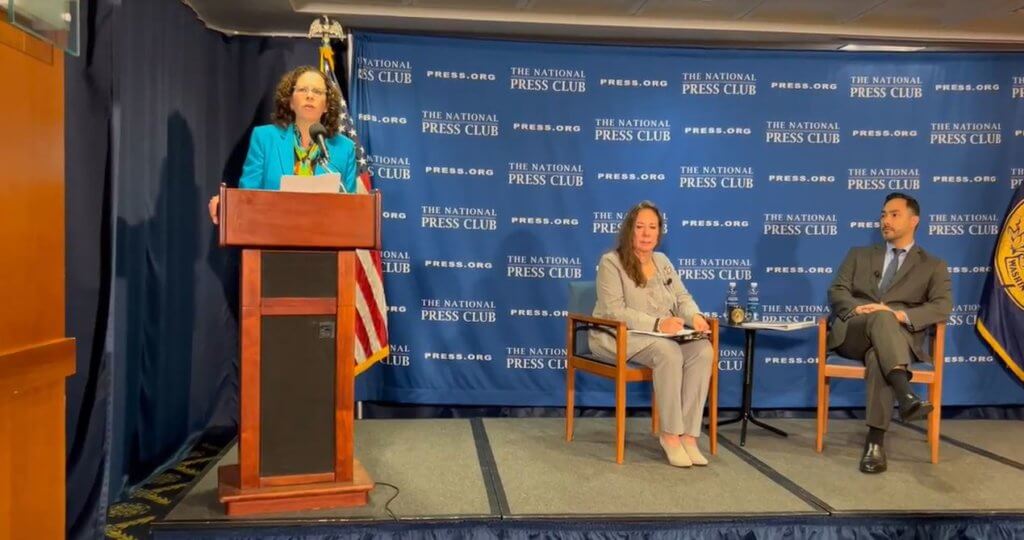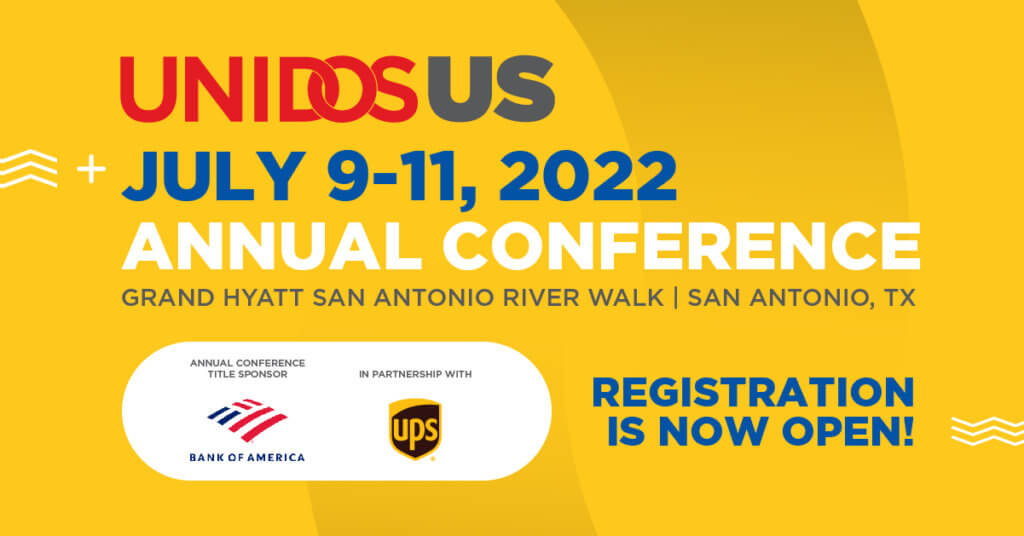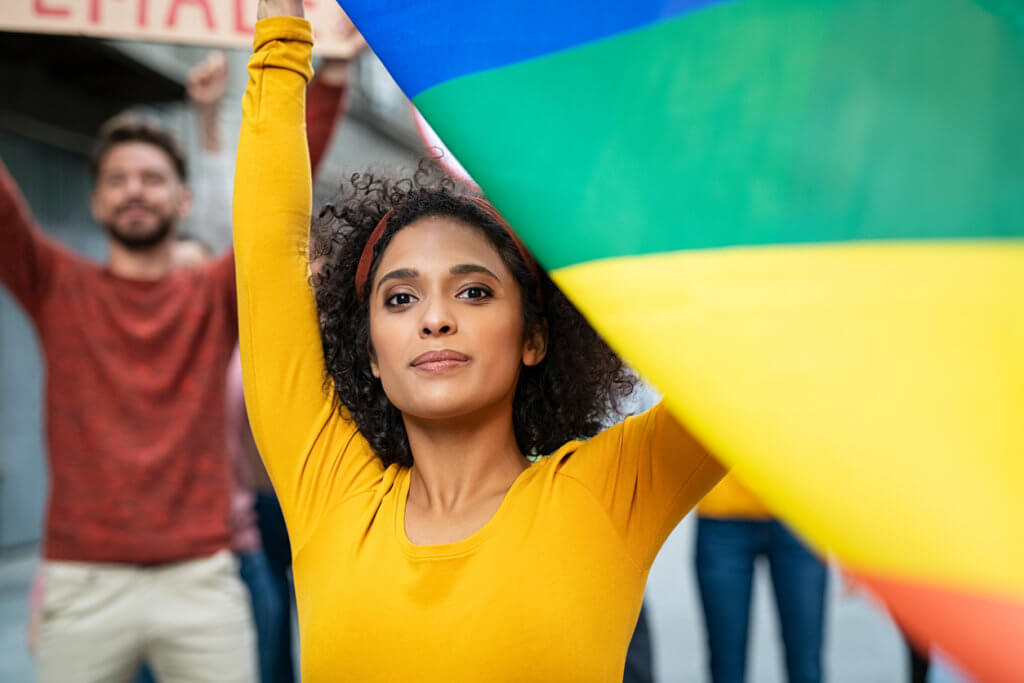Understanding the Diverse Origins and Experiences of Asian Latinos
Many in the United States have the misconception that Latinos are a race, not an ethnic group, but whether their ancestors hailed from Mexico, Central America, Cuba, Colombia, Peru, or any other country in the hemisphere, Latino, Hispanic, and American heritage is far more complex.
Latinos or Hispanics may have mixed Spanish and Indigenous heritage due to colonization or African heritage due to the region’s history of slavery. Not all are Catholic or even Christian, as there are many whose ancestors fled persecution for identifying as Jewish and Muslim during the Inquisition and beyond. And then there are Latinos who also identify as Asian. According to recent Census data, we now know that an estimated 3% of Asian Americans living in the United States identify as Asian Latino or Asian Hispanic.
As with many other groups of people, Asians have migrated to the Americas for generations, often spurred by poverty or political conflict back in the homeland. Countries like Brazil, Peru, and Mexico have some of the largest and most historic Asian populations, but little is known of Asian-Latinos residing in the United States. Some of them—notably Filipinos whose ancestral islands were colonized by Spain—may wonder why they aren’t always identified as Hispanic or Latino.
However people of Latino and Asian origin identify, UnidosUS is keenly aware that solidarity between people representing both geographic and cultural experiences led to one of the greatest educational achievements in U.S. civil rights history. In the landmark 1974 case Lau vs. Nichols, the Supreme Court ruled that public schools must provide a meaningful education to non-English speakers based on the Civil Rights Act of 1965. The lawsuit was initiated by non-English speaking families of Chinese descent whose children were enrolled in the San Francisco public school system and who were taught in environments that were solely in English and did nothing to help cultivate their English language skills. The courage of these parents to challenge the system and advocate for the education of their children paved the way for the Equal Educational Opportunities Act and an increase in funding for the Bilingual Education Act, which benefited English Learners of all backgrounds, including Latinos.
UnidosUS has long worked in coalition across racial and ethnic lines. We were the first Hispanic organization elected to the Executive Committee of the Leadership Conference on Civil Rights and remains on its governing board. The coalition, with a diverse membership of more than 200 national organizations, works to promote and protect the civil and human rights of all persons in the United States. In addition, UnidosUS serves as the coordinating body and fiscal agent for nine Racial Equity Anchor Institutions funded by the Kellogg Foundation, which was created to advance racial equity and healing. The anchor institutions are Advancement Project, DEMOS, Faith in Action, NAACP, National Congress for American Indians, National Urban League, Race Forward, The Asian Pacific Islander American Health Forum, and UnidosUS. Learn more about UnidosUS’s racial justice work and resources here.
Building cross-community connections is critical at a time of heightened interest in racial justice issues, to combat historical racism and troubling trends such as the recent wave of anti-Asian hate. In this blog, we further explore the intersection of Latino and Asian communities—allyship, shared immigrant experiences, and emerging data on Asian Latinos.
Author Cristina Ruiz, a summer education policy intern with UnidosUS is finishing her bachelor’s degree in sociology and anthropology at Notre Dame University. She collaborated with UnidosUS Education Policy Project Director Amalia Chamorro and fellow anthropologist and ProgressReport.co Editor Julienne Gage on on this series of profiles about the Asian Latinx community. ProgressReport.co asked her to include her own Asian Latinx experience in the project.
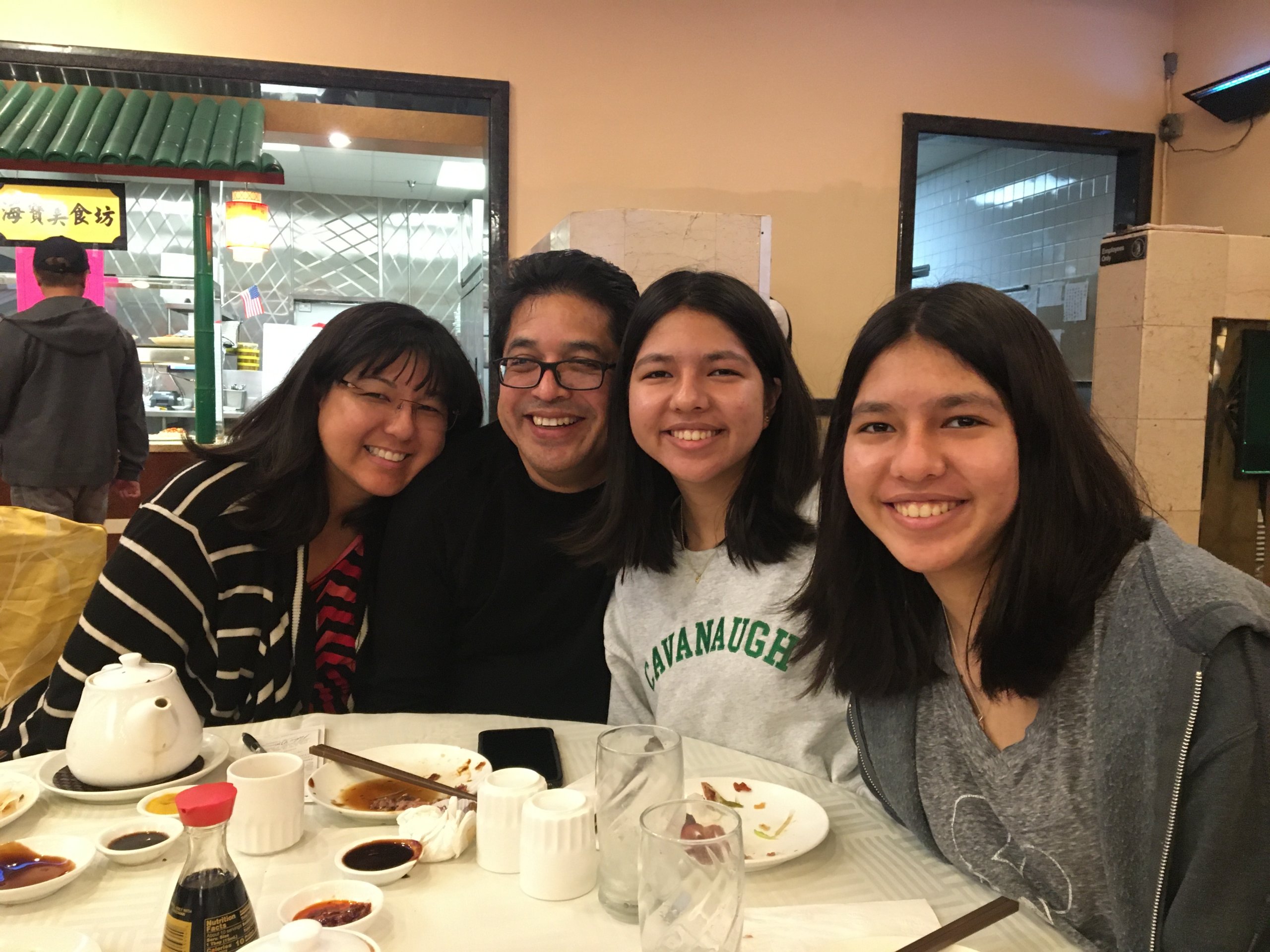
- The Ruiz siblings from left to right: Deliana, Pedro, Angelica, and Cristina. Photo by Cristina Ruiz.
CRISTINA RUIZ / Anthropology and Sociology Student, University of Notre Dame
Growing up, I never really knew my combined Mexican and Chinese heritage was particularly unique. I’m a product of Los Angeles’s multiculturality, where there are many Asians and Hispanics. Eating Chinese food for breakfast and Mexican food for dinner was a normal occurrence. Most of my family looks similar and shares the same mixed culture and customs.
Although comfortable with my identity at home, in school, the question of race often came up and showed how identity and outward presence isn’t exactly the same. I once had a teacher who kept asking me where my family was from. Because my grandma’s side of the family has been in Los Angeles for generations, he wasn’t getting the information he wanted. It wasn’t until I told him I was Chinese that he stopped prodding. I look ethnically ambiguous, but I think he forgot that Chinese people have been in the United States for a long time. I’m proof of that.
As an anthropology and sociology major at Notre Dame, I’m taking all the classes I can on the Latinx and Asian experience, but none of them talk about identities that intersect like my own. As a result, I’ve been building that out through my own projects and essays. I was essentially studying myself, and this summer, I was given an opportunity to further explore my identity by developing a mini ethnography of interviews with Asian-Latinx students and researchers reflecting on their identities, families, and communities. Together, we can shine a light on this experience and our community.
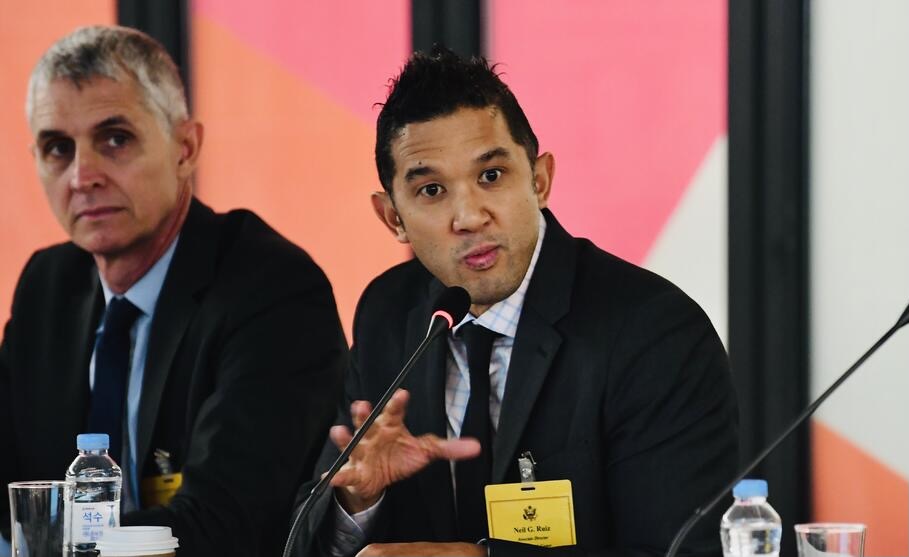
- Neil G. Ruiz. Photo Courtesy of Neil G. Ruiz.
NEIL G. RUIZ / Associate Director of Race and Ethnicity, Pew Research Center
Neil Ruíz, associate director of race and ethnicity research at the Pew Research Center, always knew his Filipino identity was unique, and he’s learning more through his current role.
In April, he and his team published a report Key Facts About Asian Americans, a Diverse and Growing Population. In it, they found that of the small percentage of Asians also identifying as Latinx, 35% of them said they were Filipino.
“Even on the census before the 1980s, people would identify as Filipino and Hispanic because we have a long history of Spanish colonization,” says Ruíz, noting that the only major difference is Filipinos were never forced to learn Spanish.
One thing he says definitely connects these two cultures is the colonial influence on religion.
“The Philippines is the lonesome Catholic country in Asia,” he says.
While there’s no data yet, he suspects the largest community of Asian-Latinos—or maybe even Filipinos with other Latino heritage is in California. The rural town of Oxnard is a good example which has many farms and a military base. Since the Philippines was occupied by the U.S. military during WWII, many Filipinos came to the United States itself to work on military bases. And in 1942, many Mexican farmers came to the area on a guest worker program.
“In as far as people from the Philippines mixing with other people identifying as Hispanic in the United States, I would imagine the church, as well as neighborhoods, have brought them together,” he says.
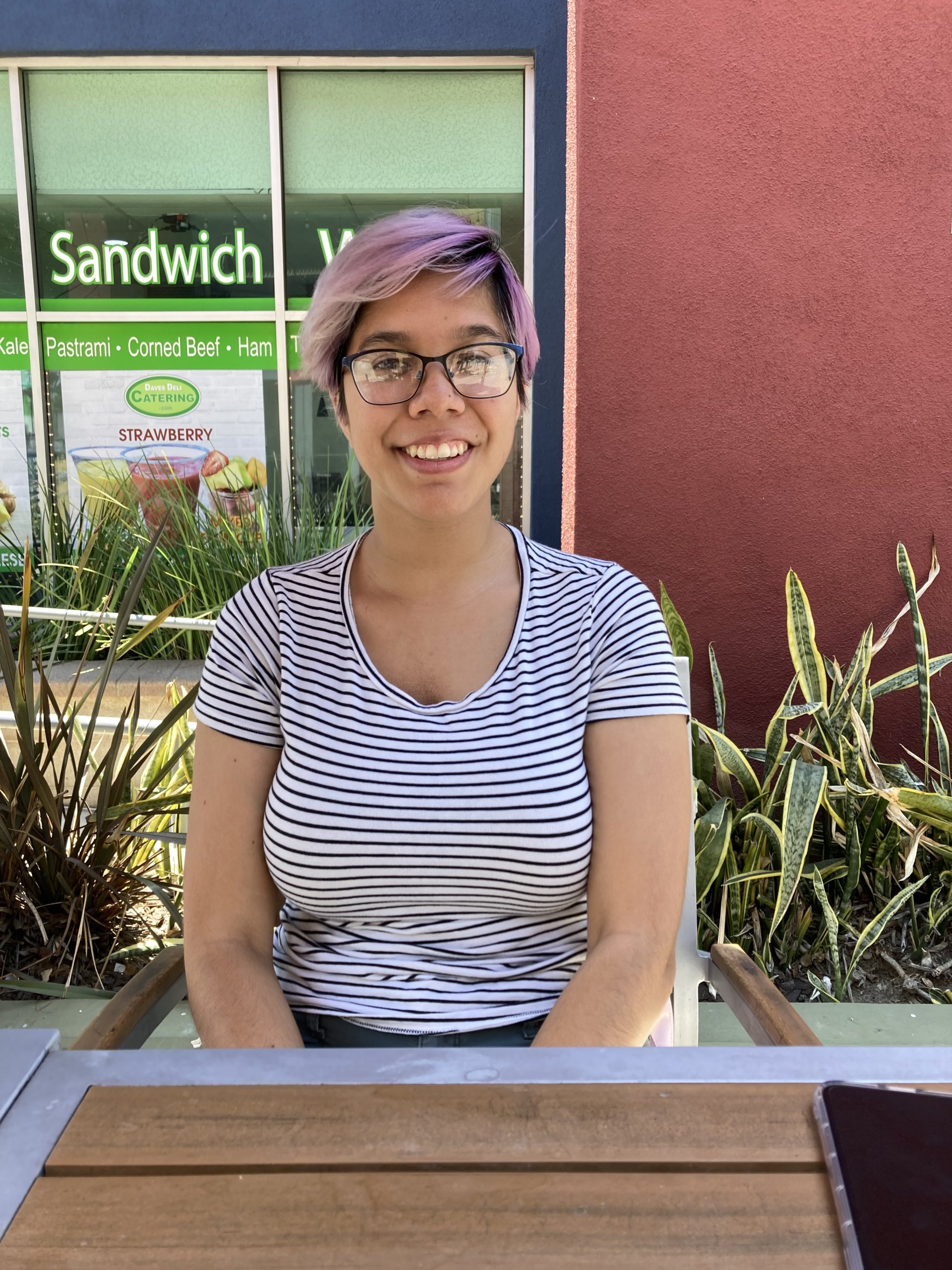
- Arie Lea Kuo. Photo by Cristina Ruiz.
ARIE LEA KUO / Communications Student, Cal State University, Los Angeles
Arie Lea Kuo’s Taiwanese father and Mexican mother both came to Los Angeles as children, where they would later meet as adults. When Arie Lea was younger, kids in the Asian community where she grew up in Monterey Park only seemed to believe the part of her identity that was obvious. “I definitely look more Latino than Asian,” she says noting that even with the last name Kuo, kids often said, “No way you’re Asian.” But that was several years ago.
“It’s become more common to have multicultural families,” says Kuo, now a senior at Cal State Los Angeles majoring in communications.
And while she always knew of great Asian-Mexican cuisine, she didn’t really get a sense of Asian-Latinx history and identity until her world history classes in college. She wishes she’d had that kind of education in high school.
“Instead of just doing American history, there should be a whole section on diasporas around the world,” Kuo notes.
A bill might make it easier for California’s students to gain that knowledge earlier. If passed, AB 101, which already passed the Assembly and has been voted out of the Senate Education and Appropriation committees, would require high school students to take at least one ethnic studies course before graduating.
“I think that it would be a really great way to introduce that to students,” says Kuo.
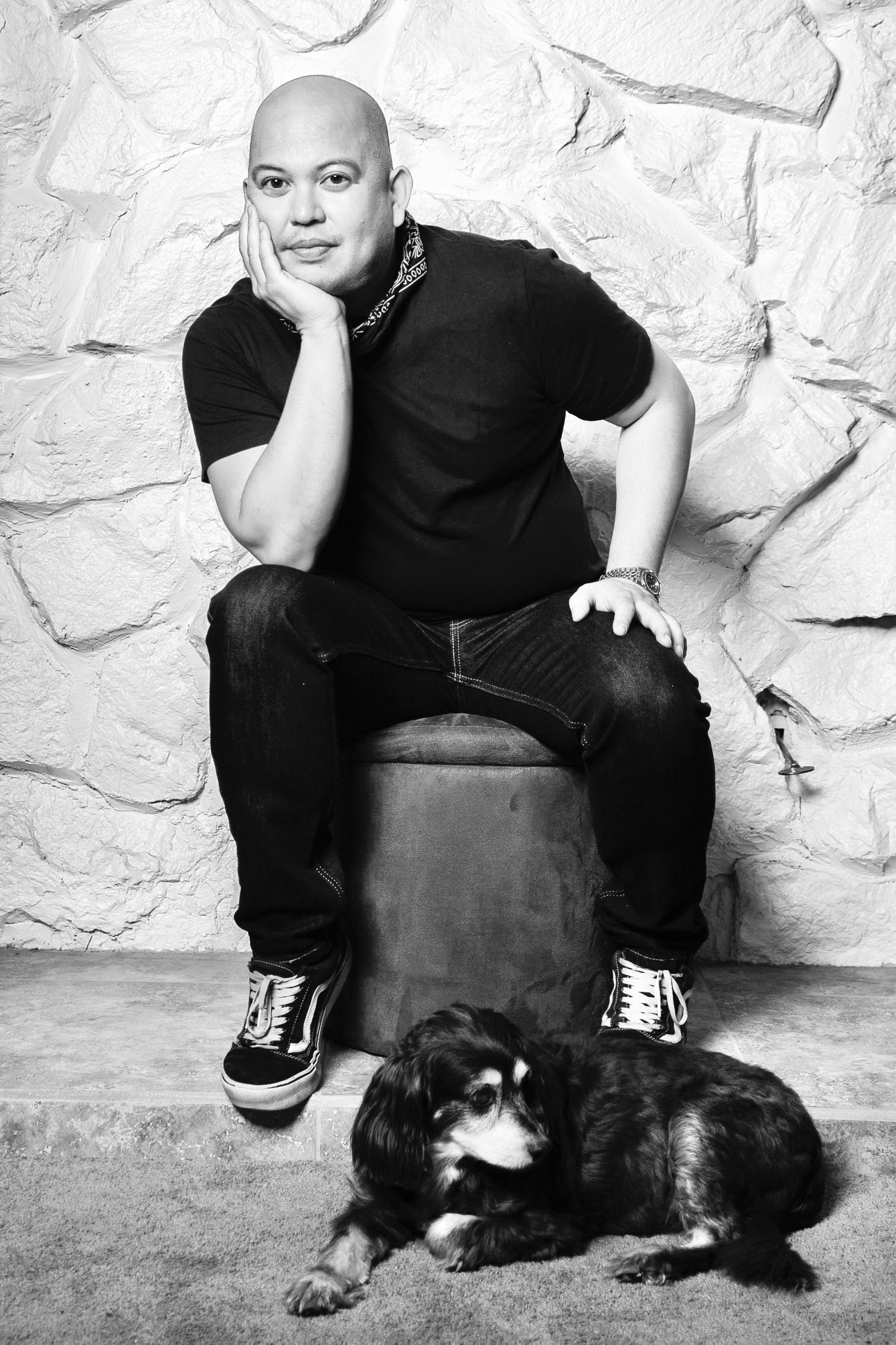
- Anthony Christian Ocampo. Photo by Julian Sambrano.
ANTHONY CHRISTIAN OCAMPO / Sociology Professor, Cal Poly Pomona
Sociologist Dr. Anthony Christian Ocampo always noticed the common cultural and linguistic traits between his Filipino family and the large, extended families of the Mexicans, Central Americans, and Colombians he had for neighbors in Northeast LA. That’s why he’s dedicated his career to exploring those connections.
In his 2016 book The Latinos of Asia: How Filipino Americans Break the Rules of Race he notes that even though Spanish and Tagalog are generally different in root origin, there are a lot of Tagalog words that are or look like Spanish because they were adopted during colonization. Filipino surnames are a prime example.
“There’s got to be something there,” he thought as he delved into his research.
And just as his research helped him recognize Latino influence on his Filipino culture, he also became more familiar with his Asian side.
“I started to develop more of an appreciation for why the Asian American category exists, I started probing why Asian American identity has not always resonated among Filipinos,” he says, adding
“With COVID-19 and anti-Asian hate, I think there’s a greater consciousness of Asian-American identity among Filipinos.” .
Ocampo is proud to be part of a generation showing students emboldened to delve into their own roots in formal academic research, and hence, break new ground in identity politics.
“It’s a really new concept for a lot my students—to acknowledge that the families, neighborhoods, and communities they come from have expertise and deserve airtime in class discussion,” he says.
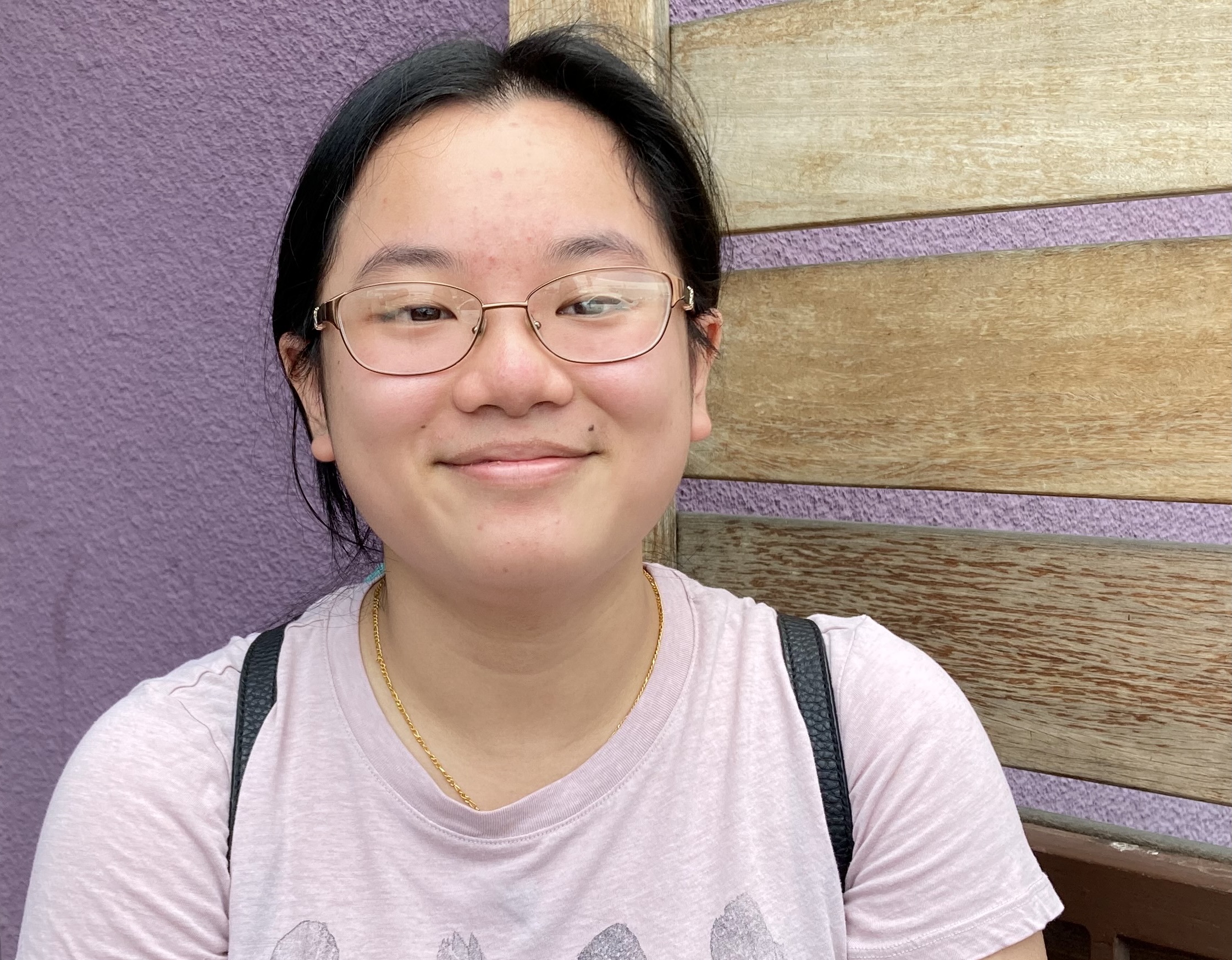
- Kelly Huang Chen. Photo by Cristina Ruiz.
KELLY HUANG CHEN / Industrial Engineering Student, Cal Poly Pomona
Kelly Huang Chen, a naturalized U.S. citizen born in Mexico to Chinese parents, says what she looks like on the outside isn’t the most accurate representation of how she identifies on the inside. But maybe if there were more literature and class lectures on Asian-Latinx history she’d feel more immediately understood.
Chen’s family emigrated from Mexico City, Mexico to Monterey Park in Los Angeles when Chen was 10.
Soon, her identity and interests prompted awkward questions at school.
In social studies classes, students might ask her how she could look more racially Chinese but speak better Spanish than Mandarin? In dance class, she might feel pressured to set aside her interest in flamenco for traditional Filipino moves since the Philippines is “closer to Asia.”
And all the while she kept thinking how most history classes don’t talk about Asian migration to other parts of the Americans.
“It’s always Hispanics crossing the border but you don’t see all the other Asians crossing the border [from Latin America]. There’s a lot,” Chen reflects.
She also worries about the dangers of stereotypes.
News stories about authorities profiling Latinos as criminals and detaining them more frequently than white people are trending in the media, and stereotypes of Asians as foreign spies or spreaders of COVID-19 has led to a rise in anti-Asian hate.
“I’m really careful, and when my parents go out, sometimes I tell them that they shouldn’t go to this area of LA because I just saw someone being attacked for being Asian,” she says.
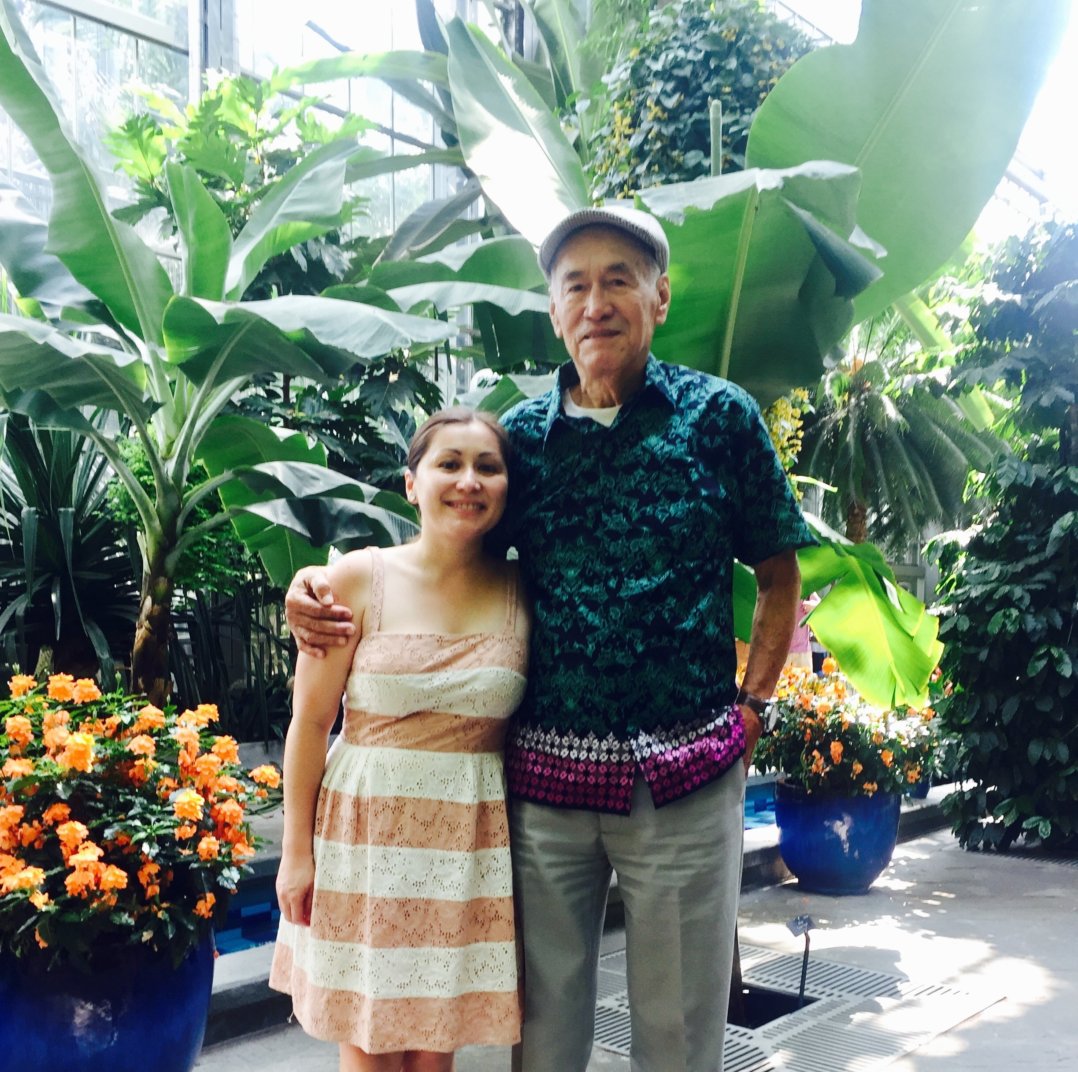
- Amalia Chamorro and her father. Photo Courtesy of Amalia Chamorro.
AMALIA CHAMORRO / Education Policy Project Director, UnidosUS
Amalia Chamorro didn’t learn about the history of Asians and Latinos as a young schoolgirl in her native Peru or as a public school student in California, where her family emigrated when she was nine.
Still, that history and culture permeated every aspect of her upbringing, thanks to her Chinese-Peruvian father.
“My dad loves to cook, and the first dish he taught me was arroz chaufa, which is still my go-to for potlucks or get togethers. It’s a big hit with my friends. They always ask me to make Peruvian fried rice,” she says.
She fondly remembers her sharing stories of his childhood and his grandfather’s migration from China at home, often as they were cooking together.
“He told me that our real last name isn’t even Chamorro, and that my great-grandfather’s surname was changed to sound more Spanish. Unfortunately, we don’t have a record of our Chinese last name,” says Chamorro adding, “my best friend Jessica, who is from Guam, and I often joke that he must’ve travelled through there because Chamorro people are indigenous to the island.”
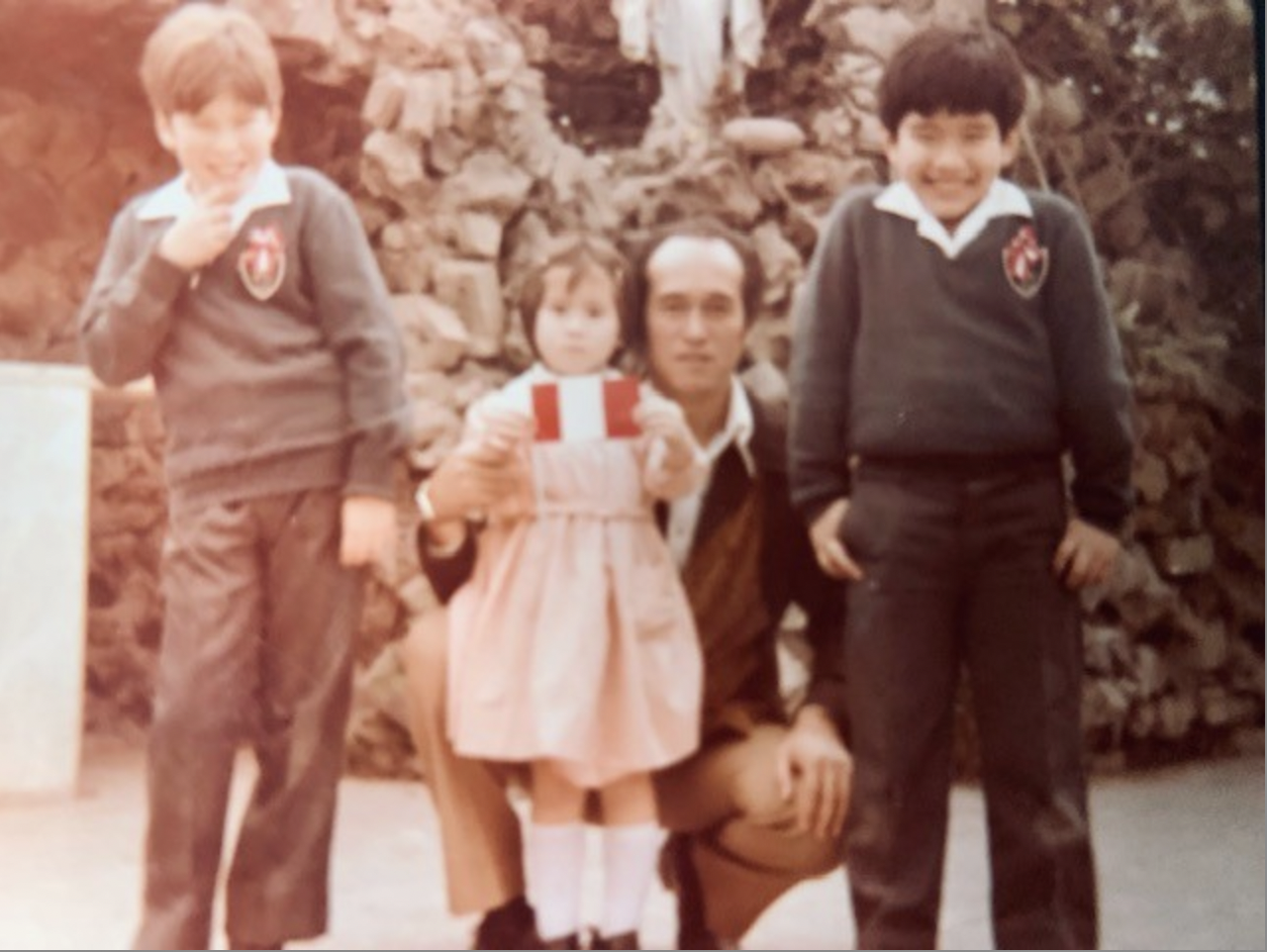
During Chamorro’s ESL classes in California, most of her peers were Mexican.
“They made me feel welcome, and I could communicate with them in Spanish as I was learning English.”
In fact, Chamorro spent so much time around her Chicano classmates that she even developed a Mexican accent for a while.
“My dad thought it was hilarious, but my Mexican friends really helped me navigate a new and foreign school system,” she says.
In spite of this influence of different Latin American cultures, she didn’t get any formal inclusive history lessons until she enrolled in ethnic studies at UCLA. Even as a schoolgirl in California’s Central Valley, the nation’s agricultural center, she didn’t learn about how Mexican and Filipino laborers joined forces to advocate for better wages and working conditions during the farmworker movement of the 1960s.
“It’s important that Asian and Latino communities learn about their shared history to build solidarity in today’s landscape,” Chamorro reflects.
In her role as Director of UnidosUS’s Education Policy Project, Amalia is working to forge partnerships with Asian, Black, and Indigenous organizations to strengthen collective advocacy for policy that is culturally responsive to students whose voices and stories have been omitted from history books.
“We have a responsibility to not only work in solidarity with our Asian brothers and sisters, but also lift up and shape the narrative that Latinos are also represented in that community,” she says.
Check out these Asian Latino profiles on our Instagram page weareunidosus.

